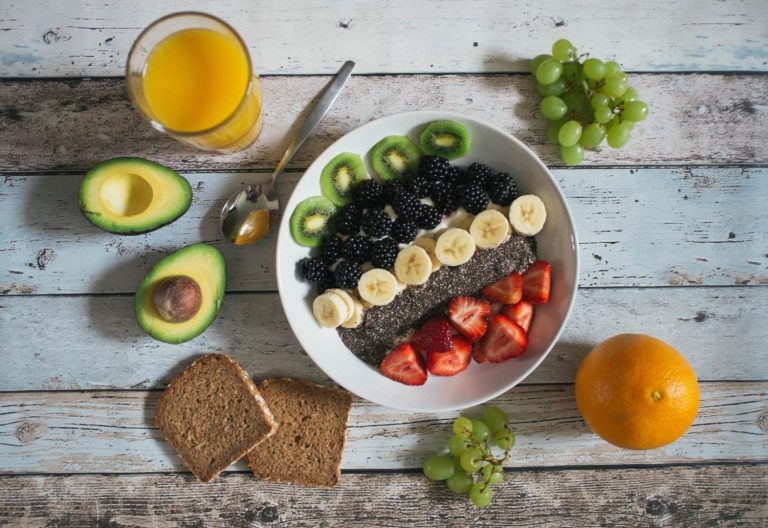I struggle with PMS every month
Premenstrual syndrome (or PMS) is a condition that can affect a woman’s physical health, emotions and behaviours during certain days in her menstrual cycle. The symptoms usually start around a week before menstruation, and typically go away once menstruation begins. PMS symptoms often range from mild to moderate in their intensity, but a few women have also reported severe symptoms that interfere with their quality of life. The condition is likely linked to the fluctuation in hormone levels that occurs in the woman’s menstrual cycle. When a female ovulates, the body releases an egg, and this leads to a drop in oestrogen and progesterone levels. Such changes in hormone levels can then lead to the physical and emotional symptoms that are characteristic of PMS. These symptoms may include: abdominal bloating or pain, tender or swollen breasts, acne, food cravings (especially for sweets), constipation or diarrhoea, headaches, sensitivity to light or sound, fatigue, irritability, changes in sleep patterns, social withdrawal, lower libido, difficulty in concentration, anxiety, depression, sadness and emotional outbursts.
Research suggests that as many as three in four women can experience PMS symptoms at some point in their lives. A person is more likely to experience PMS if they have high levels of stress, a personal or family history of mood disorders, substance misuse, and physical or emotional trauma. You may want to consult your doctor if your symptoms are interfering with your life or do not go away on their own. If your symptoms range from mild to moderate in their intensity, there are also a number of remedies that can help you manage your symptoms better.
- Eating a well-balanced diet
This may sound obvious, but maintaining a healthy and balanced diet may help to improve your overall health and energy levels. This means eating plenty of fruits and vegetables, drinking plenty of fluids and cutting back on dietary triggers such as sugar, salt, caffeine, dairy and alcohol. Making sure your body is taking in all the nutrients that you need may help with improvement of PMS symptoms.
- Working out regularly
Exercise is another crucial factor to having a balanced lifestyle. It is important to keep an ongoing exercise routine rather than exercising only when you are experiencing PMS symptoms. Research shows that aerobic exercises such as running, cycling and dancing can help with easing symptoms such as depression, fatigue, premenstrual headaches and bloating.
- Reduce your stress levels
There is clear evidence that links high stress levels with increased PMS symptoms, so it is vital to reduce your stress to be able to manage your symptoms in a better way. Activities such as yoga, meditation and massage have been shown to ease premenstrual issues. Other activities such as breathing exercises and mindfulness can also help with decreasing your overall stress levels.
- Finding support
If you have been struggling with symptoms of PMS, finding support at your gynaecologist or doctor may be a good idea. It is important to find a professional that you can trust to talk about your symptoms. Your doctor may be able to carry out some tests, and if necessary, also prescribe some medication that may help you to manage your PMS symptoms in a better way.
- Track your PMS symptoms
If you want to get a better idea of what your PMS symptoms look like, you may want to keep track of your menstrual cycle by keeping a journal or even downloading one of many apps available on your mobile phone. This can help you become more aware of any physical and emotional changes throughout your cycle, as well as with keeping a log of such symptoms in case you would need to talk to a professional about them.
If you think that you can benefit from professional support on this issue you can reach out here.
Pamela Borg is a counsellor who enjoys working therapeutically with adults experiencing various issues. These include general mental health and wellbeing, gender, sexuality, relationship issues.
References:
Higuera, V. (2019). PMS (Premenstural Syndrome). Retrieved from: https://www.healthline.com/health/premenstrual-syndrome
Konstantinovsky, M. (2018). Everything You Need to Know About PMS And How to Cope. Retrieved from: https://blog.fitbit.com/pms/
Toler, S. (2016). 6 tips for PMS relief: Science-based tips to curb PMS symptoms. Retrieved from: https://helloclue.com/articles/cycle-a-z/9-tips-for-pms-relief
Watson, S. (2019). How to Deal with Premenstrual Mood Swings. Retrieved from: https://www.healthline.com/health/pms-mood-swings#_noHeaderPrefixedContent





